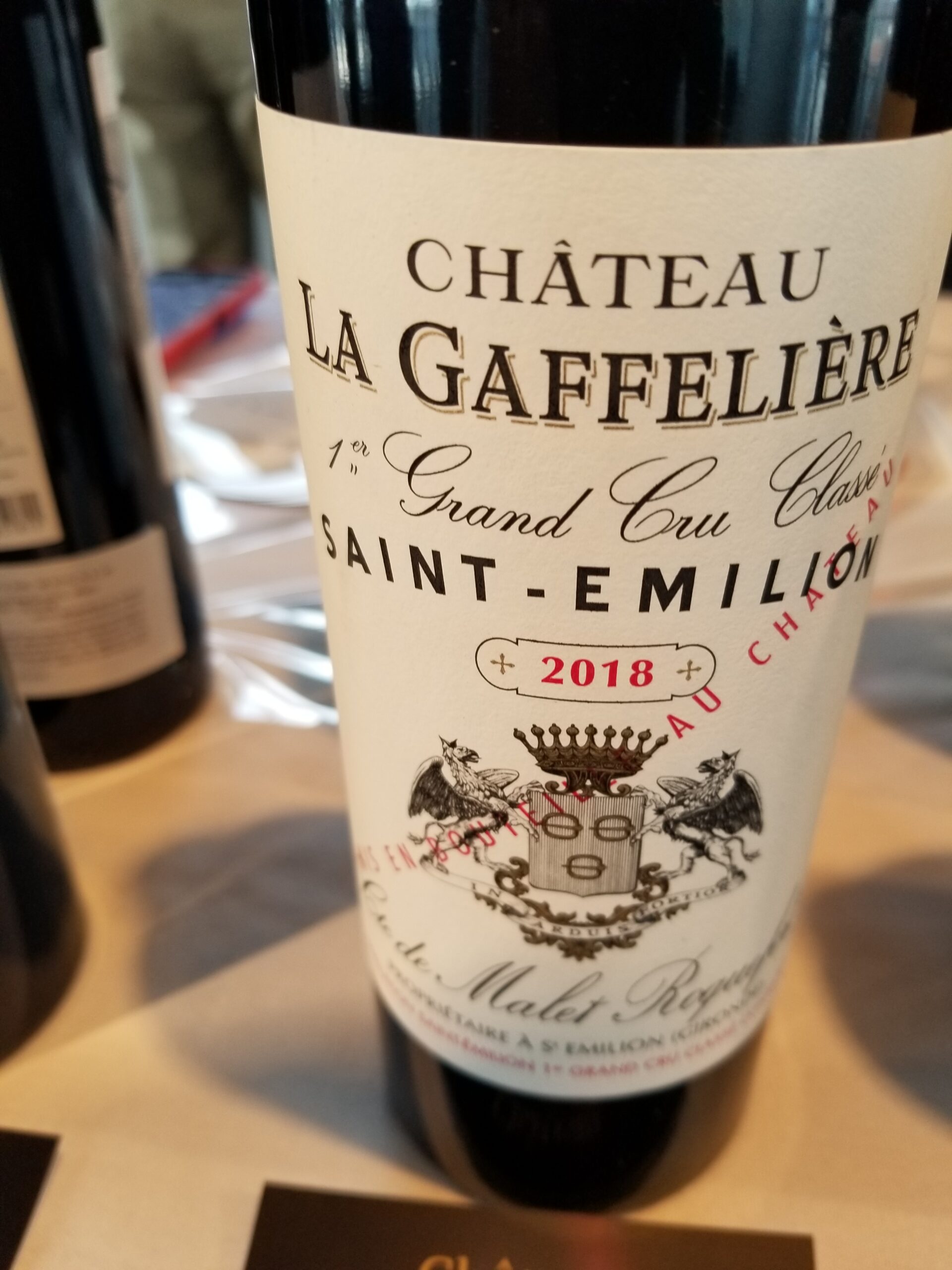
我有着长达五十年左右的波尔多葡萄酒品鉴生涯,也曾多次参观波尔多产区,在和霍华德·卡普兰(Howard Kaplan)共同管理葡萄酒研讨委员会(Executive Wine Seminars, EWS)期间,我还举办过多场年度波尔多葡萄酒品酒会。可以说,波尔多佳酿的味道及其带给我的记忆是我进入葡萄酒行业的启蒙。对于品酒经验丰富的人来说,波尔多葡萄酒既是能够帮我们建立品评喜好,也是红酒味道之典范。在对波尔多葡萄酒进行了十几年的品鉴后,我才开始欣赏勃艮第、巴罗洛和纳帕产区。但直到今天,我依然对品尝市面上新产年份的波尔多葡萄酒满怀期待,比如新近亮相的2018年份。
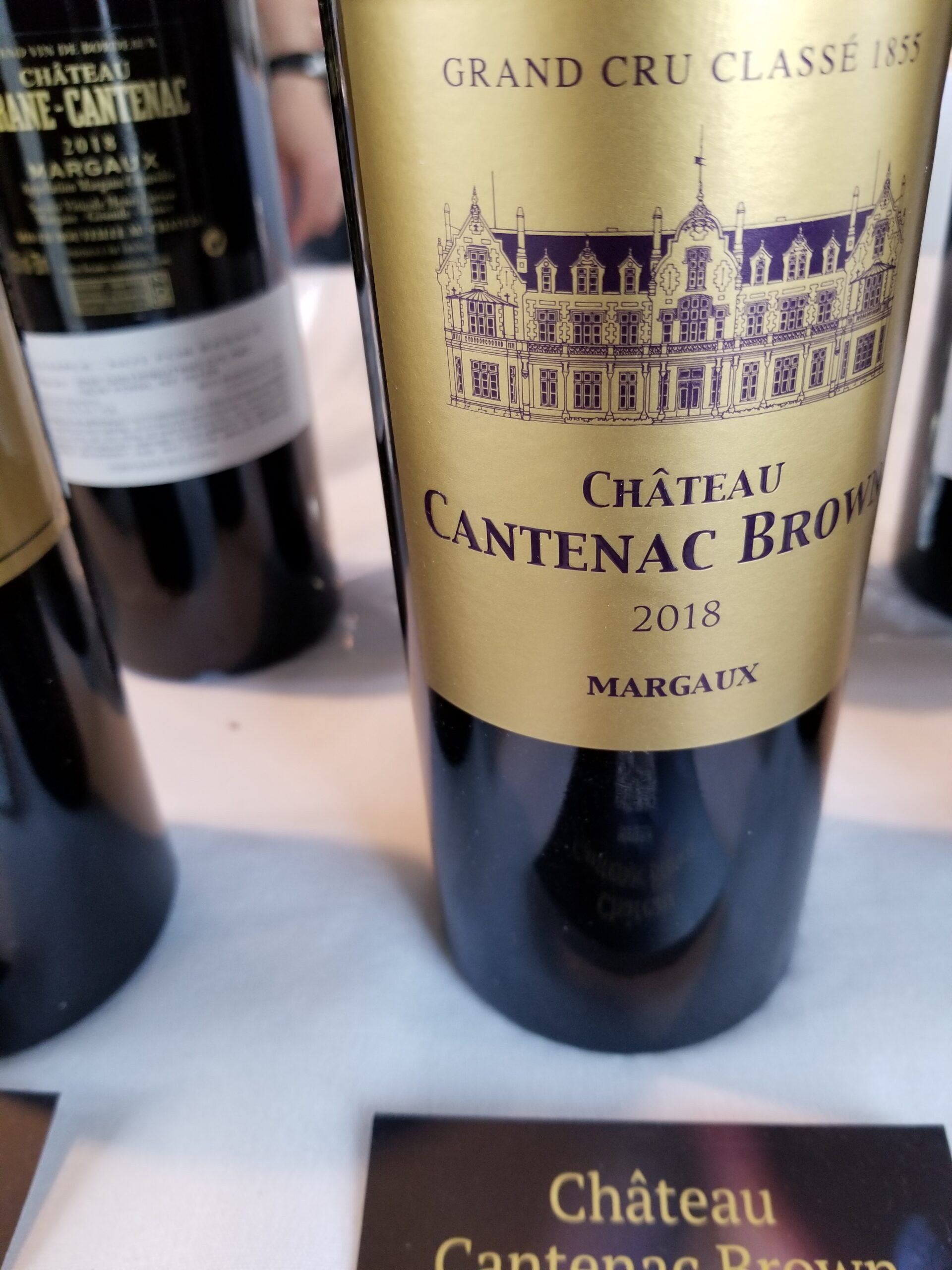
就在今年6月,波尔多特级酒庄联合会(Union des Grand Crus)在纽约举办了一年一度的2018新瓶装波尔多葡萄酒品酒会——这场品酒会比原定时间晚了6个月举行。这自然要归咎于新冠疫情。新冠疫情是多重意义上的灾难,或多或少造成了一些严重影响,这次品酒会的延迟只不过是疫情带来的又一个望不到头的后果。不过,尽管六月并非品尝高单宁红酒的最佳时机,但酒会选择了一个非常盛大的场地:位于曼哈顿西侧切尔西艺术大厦的The Glasshouses宴会厅(纽约市一处技术先进的高层活动场所)。从21楼向外看,哈德逊河的景色美得令人窒息。可惜酒会并没有酒庄庄主出席;但这也并不奇怪,毕竟我们大多数人都要考虑出行和安全问题。如此一来,葡萄酒本身就成了最好的展示。
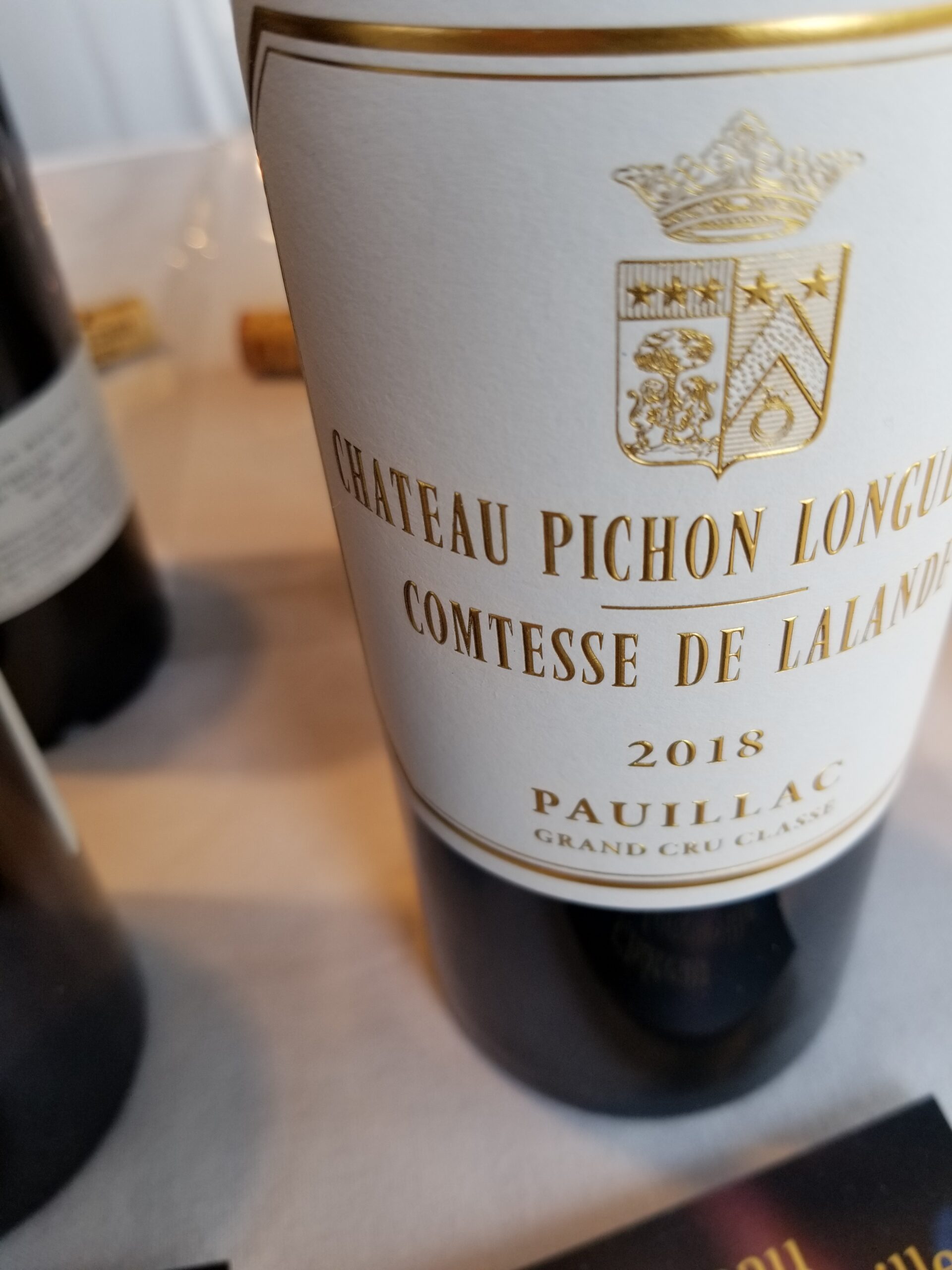
新装瓶的波尔多红酒具备一定的挑战性:单宁含量还处于年轻酒的水平,尽管葡萄已经连续经历了几个非常温暖的年份,并经过了精心的挑选以避免涩味,但单宁含量在该产区的葡萄酒中仍保持总体偏高水平。不过总的来说,这些葡萄酒并不会有灼烧感(由于酒精带来的那种热)。依我个人之见,其酒精含量与过去十年的波尔多红葡萄酒相比处于正常范围。一年当中问题大多发生在4月和5月(在经过一段异常潮湿的冬季之后,2018年的春天也同样潮湿,因此5月和7月霜霉病与冰雹的爆发侵袭与轮番上演),但在9月初(梅洛采收期开始)到10月初(赤霞珠采收期开始)这段时间里,种植者有大把的机会将状态良好的葡萄挑选出来。
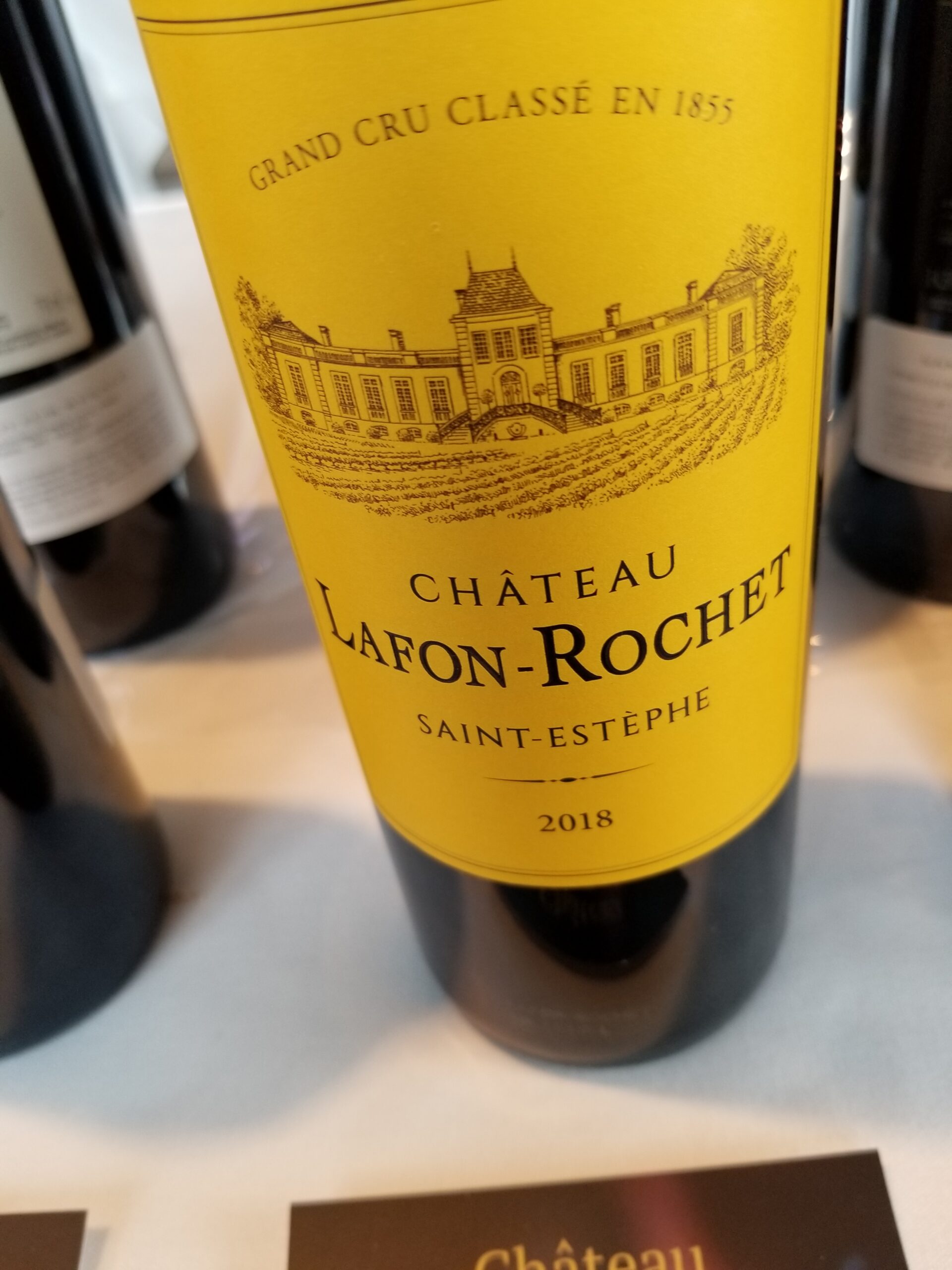
不同区域的葡萄在质量上并无显著差异。但我自有我的偏好:左岸。从我的笔记可以看出,我认为波亚克(Pauillac)葡萄酒一贯是最优质的,圣埃美隆(St. Emilions)葡萄酒的质量则是最不稳定的。这可能是因为多年以来,比起波尔多的其他产区,我总是更中意波亚克和圣朱利安(St. Julien)赤霞珠主酿的葡萄酒。不过话虽如此,我也承认波美侯(Pomerol)的葡萄酒是波尔多最诱人的葡萄酒;但诱人并不代表它是最深刻的,当然帕图斯酒庄(Petrus) 、乐王吉酒庄(L’Evangile)、卓龙酒庄(Trotanoy)和老色丹酒庄(Vieux Chateau Certan)的葡萄酒除外!下面我会重点谈谈我眼中潜力最大的葡萄酒。不过有一点要明确的是,波尔多的葡萄酒,哪怕是梅洛主酿的右岸葡萄酒,在装瓶后的短时间内也并不易饮。
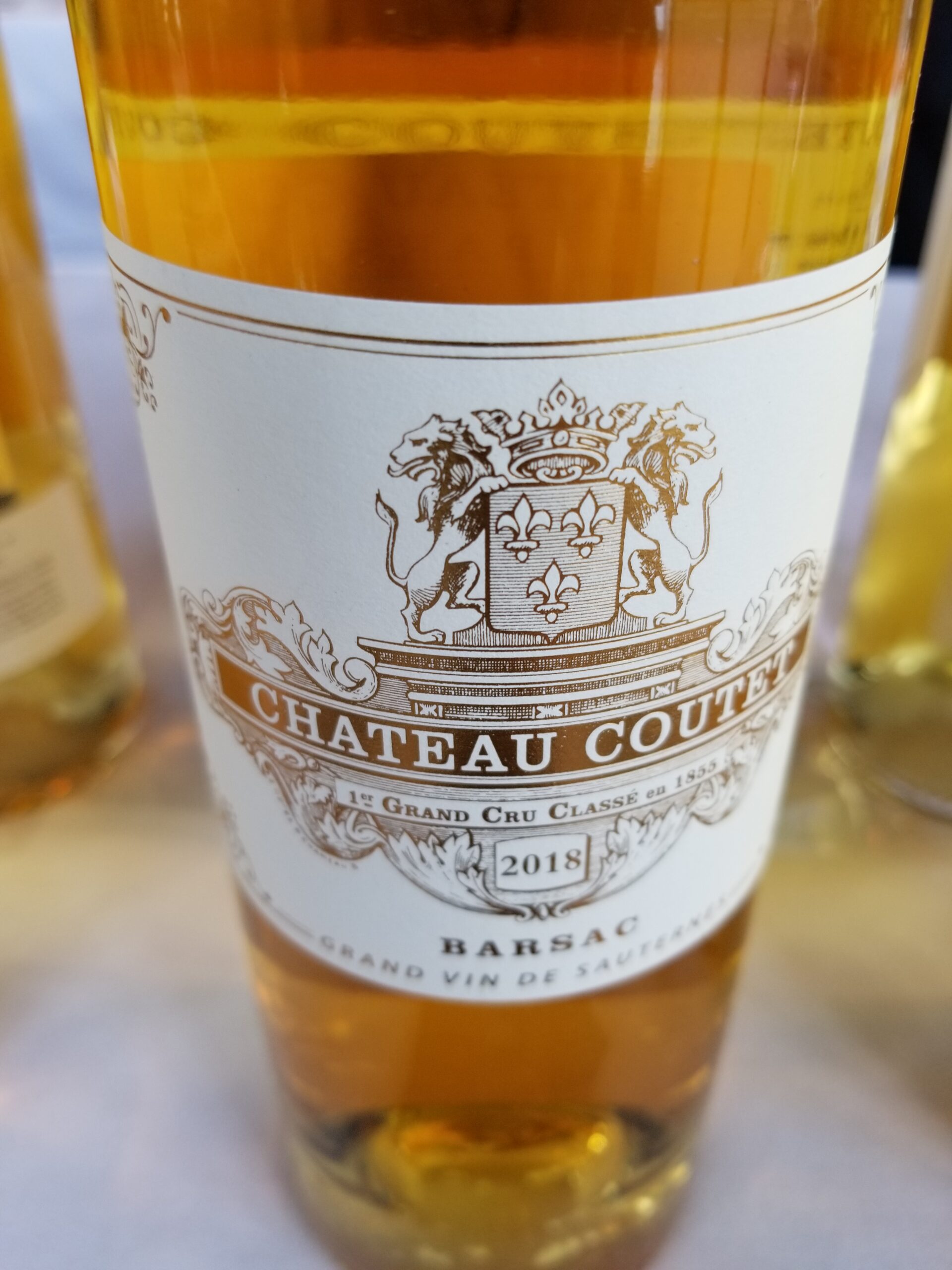
这份报告中提到的葡萄酒均于今年6月在纽约亮相:在我本次品尝到的所有酒中,这些葡萄酒是我心目中的2018年年度最佳。报告中葡萄酒的排列还原了我品酒时的顺序。关于评分,我想说的是:和伊安·达加塔(Ian D’Agata)、史蒂文·坦泽(Steven Tanzer)及其他经验丰富的葡萄酒作家一样,我也是位保守的评分家。我不会轻易给出98、99和100这样的分数。保守评分的优点在于其可信度:如果其他葡萄酒的评分都在97分以上,那么这样的评分毫无意义。最后一点很重要的是,如果我认为一款葡萄酒在经过陈年后会拥有更好的表现,我就会在评分时使用符号“+”,这也是赏源葡萄酒评论(TerroirSense Wine Review)的评分习惯。
品鉴记录与评分
The Right bank
Saint-Émilion
2018 Château La Gaffelière Saint-Emilion 95
2018 Château Troplong Mondot Saint-Emilion 94
2018 Clos Fourtet Saint-Émilion 93
To my palate, the three best wines were Clos Fourtet, La Gaffelière and Troplong Mondot. The latter is always a dense, rich, earthy wine full of flavour. Clos Fourtet is its stylistic counterpoint: elegant, refined, and with more precise delineation if less material. Gaffelière was a terrific blend of the two styles.
Pomerol
2018 Château Gazin Pomerol 93
2018 Château La Pointe Pomerol 92
2018 Château Rouget Pomerol 93
Slim pickings compared with the St. Émilion. Only eight wines were presented and none of the heavyweights with the possible exception of the Clinet which is tight as a drum currently. But Clinet never shows much when young! There were three very good wines including the surprisingly fine La Pointe. Interestingly, I recall the 2017 being much better than I expected and so the 2018 is a confirmation of sorts of this property’s current happy state. This may have been the most agreeable wine of the afternoon. The Gazin was excellent as it has been for some time now and the much-improved Rouget was also very good indeed.
The Left bank
Margaux
2018 Château Brane-Cantenac Margaux 93
2018 Château Cantenac Brown Margaux 93
2018 Château Rauzan-Ségla Margaux 95+
Margaux as usual provided a wide range of styles and quality. There were three first rate wines: the two Cantenac wines and the outstanding Rauzan-Ségla. The latter had all the features one seeks in a top flight Margaux wine- perfume, lively mouth feel and complex undertones. The Brane-Cantenac is a big earthy wine with lots of presence. The Cantenac Brown was perhaps a little less intense but nonetheless, impressively full-bodied.
Saint-Julien
2018 Château Langoa-Barton Saint-Julien 93
2018 Château Léoville Barton Saint-Julien 95+
2018 Château Léoville Poyferré Saint-Julien 95
Who does not love these wines? Very successful in 2018. Stand outs for me were the elegant, old world Langoa-Barton; the complex, sophisticated, majestic Léoville Barton; and its polar opposite, the juicy, fluid, sexy Léoville Poyferré. These two wines between them define the ever-rewarding contrast between Old World and New World Bordeaux! My taste runs to the Barton interpretation. But that is just mine. Poyferré’s success is well merited. Gruaud Larose with its new wax capsule was just too sweet and soft to be true to itself, at least to my palate.
Pauillac
2018 Château Clerc Milon Pauillac 93
2018 Château D’Armailhac Pauillac 93
2018 Château Pichon-Longueville Baron Pauillac 97+
2018 Château Pichon Comtesse de Lalande Pauillac 96
A great success in 2018. Pauillac is the magical commune: three first growths, two super seconds, two fifth growths (Lynch Bages and Pontet-Canet) which sometimes rival the firsts, plus a half-dozen additional fifths now making outstanding wine. There is an aromatic spice and deep tobacco-inflected scent which is instantly recognizable to any experienced taster of Bordeaux. If I am allowed a comparison to Burgundy (both regions will forgive me I hope), Pauillacs combine the best of Vosne-Romanée with the best of Gevrey-Chambertin: an unbeatable combination. The two Pichon wines, as different as day from night were outstanding, fully meriting their super-second growth status. The Baron is a gigantic wine with a multitude of dark berry flavors and a wealth of mineral tones but also a texture to keep the intense flavors in check. The gorgeous Lalande is so fragrant that the nose alone is worth the price of admission, as they say. As almost always is the case with this wine, I find there is a Saint-Julien-like appeal to the Lalande. The Fifth Growths d’Armailhac and Clerc Milon (there is no dash in the wine’s name, despite what you’ll see pasted all over the web) were both seriously splendid wines. Especially the former was just lovely with a floral fragrance that was beguiling. By contrast, the Clerc Milon is a sturdier, spicier wine with excellent texture. Another wonderful pair of contrasting Pauillac wine styles.
Saint-Estèphe
2018 Château Lafon-Rochet Saint-Estèphe 93
2018 Château Phélan Ségur Saint-Estèphe 93
It is always instructive and a bit of a shock to go from the glamorous, regal Pauillacs to the earthy, chewy Saint-Estèphe wines. As always, it is a matter of terroir, and in this specific case the soil content is most important — Saint-Estèphe is characterized by a slightly higher soil clay content than what is common on the left bank. And so it was that the heavy winter rains helped the Saint-Estèphe terroir retain water in the dry hot summer, such that the better situated estates of the Appellation did not suffer from the water stress that afflicted other Bordeaux areas. There were only a few Saint-Estèphe wines at the tasting. Two were memorable: the ever-improving Lafon-Rochet, with its impressively dense and long mouthfeel, and the stunning Phélan Ségur which has been making wine worthy of Grand Cru Classés status for a decade. In fact, had I tasted the 2018 blind, I would have called it a very successful fourth growth: a powerful, intense wine whose earthiness is mitigated by deliciously ripe fruit.
Pessac-Léognan
2018 Château Smith Haut Lafitte Rouge Pessac-Léognan 96+
2018 Château Domaine de Chevalier Rouge Pessac-Léognan 94
Pessac-Léognan wines are never easy to taste when young. It takes time for the fruit, which is submerged in tannin and the dark earthy tones from the rocky soil to emerge. Eventually, the best Pessac-Léognans exhibit an underlying nobility and structural solidity which can be most admirable. Without Haut-Brion and La Mission Haut-Brion resent in this tasting it is all but impossible to judge the success of this appellation in a very recent vintage. Nonetheless, I found there were two terrific wines and one attractive, albeit New World-styled, wine from Pessac-Léognan in this vintage. The latter was the Pape Clément, so beloved of those seeking fruit forward, juicy Bordeaux. In that mode, Pape Clément is a real success. It is just not what I seek. Both Domaine de Chevalier Rouge and Smith Haut Lafitte were excellent. The former has become a truly first-rate wine in the past ten years or so. Medium-bodied with scents of wild mushrooms and an agreeably fluid palate, it ticks all the right boxes. Smith Haut Lafitte is just a block buster in the best sense. A mouthful and a half of dark, inky wine, infused with the flavours of small rocks and wild mushrooms; it will become a masterpiece in ten years or so.
Sweet white wines
Sauternes/Barsac
2018 Château Coutet Barsac 97
There was not much botrytis in 2018 but plenty of ripening sun! And so, for the most part, wines speak more of air-dried grapes than they do of the smoky complexity induced by noble rot. There was just one masterpiece: the glorious Château Coutet. Luscious on entry, with myriad scents of apricot pit, almonds and pear, the wine takes over the palate in a most enjoyable fashion. The long moderately tannic finish only added to the complexity and enjoyment of the wine.

 English
English

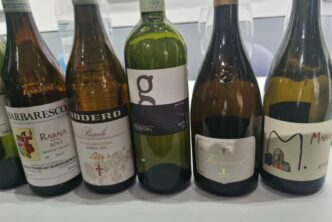

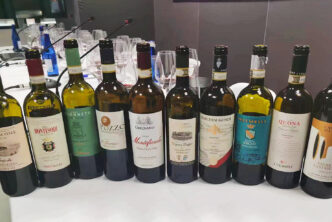
This makes for very competent information, thank you!
The author has ballast and we feel it in his comments.
Being partial to Rauzan Ségla “élégance Margalèse!” and Domaine de Chevalier, I can relate to what is said here.